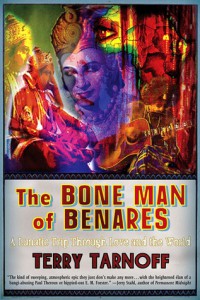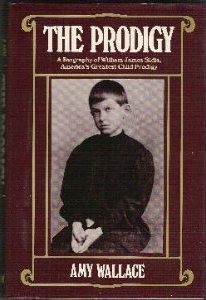“The world loves a lover, so the saying goes, but really it’s a lover cartier bracelet who loves the world. I felt guilty that not everyone cartier love bracelet replica could share my joy, because that’s what I wanted, I wanted the whole world to feel that tingling sensation, I wanted the whole world to blush slightly, I wanted the whole world to wake up a little late one morning and not care if it was late for work, I wanted the tides to ebb a little later, for the sun to sleep in, for the fields to lie patiently in wait, for the rivers to stretch out and dangle lazily like cartier jewelry prices
toes hanging over the edge cartier bracelet fake
of a bed.”
One of the prototypical draft-dodgers of the Vietnam War era, American student Terry Tarnoff left the States in the early 1970s and embarked on a worldwide journey of self-discovery. Lest you think this book is filled with platitudes cartier double www.cartierlovebracelet.co bracelet
and Buddhas, however, allow me to set you straight: this is a fiery, drug-fueled voyage from The Netherlands to Scandinavia to Greece to Africa to India and beyond, with Tarnoff romancing women and blowing blues harmonica the whole way.
It’s an interesting juxtaposition, his very grounded addictions to sex, drugs, and rock ‘n’ roll contrasting with the inner peace he seeks cartier replica and the spiritual locales in which he finds himself. The book is filled with apocryphal encounters and conversations he couldn’t possibly remember decades later, so in one sense this is partially autobiographical and partially fictional. But one still gets the sense that Tarnoff has covered the essentials and really put himself out there, warts and all, for the reader to judge.
As for me, I was also once a young American who left the States and ended up lonely and confused in Asia, so I guess you could say I’m the ideal audience for the book. But it may have hit too close to home because I found cartier love bracelet myself frustrated by his initial carelessness with his lovers’ hearts, and his self-centered posturing. Was I rooting for him or for my younger self to find their way? That bracelets confusion added an emotional element and the book has stuck with me since I finished cartier bracelet
it two months cartier bracelets
ago.
This book isn’t necessarily www.callingallcakes.org for everyone. If you’re uncomfortable with the idea of a flawed main character and a boatload discount cartier bracelet of serious drug use, this tome will turn you off very quickly. But those readers with a modicum of wanderlust and a habit of introspection will surely find themselves in good men’s replica cartier bracelets
company. After reading the book I was glad to discover that Terry is still very much alive and well, has written more books and even shared some of his vintage music recordings cartier double bracelet
online. Now parked in California, he’s still expressing and discovering cartier nail bracelet
himself through art. For some, it seems the journey never ends.

